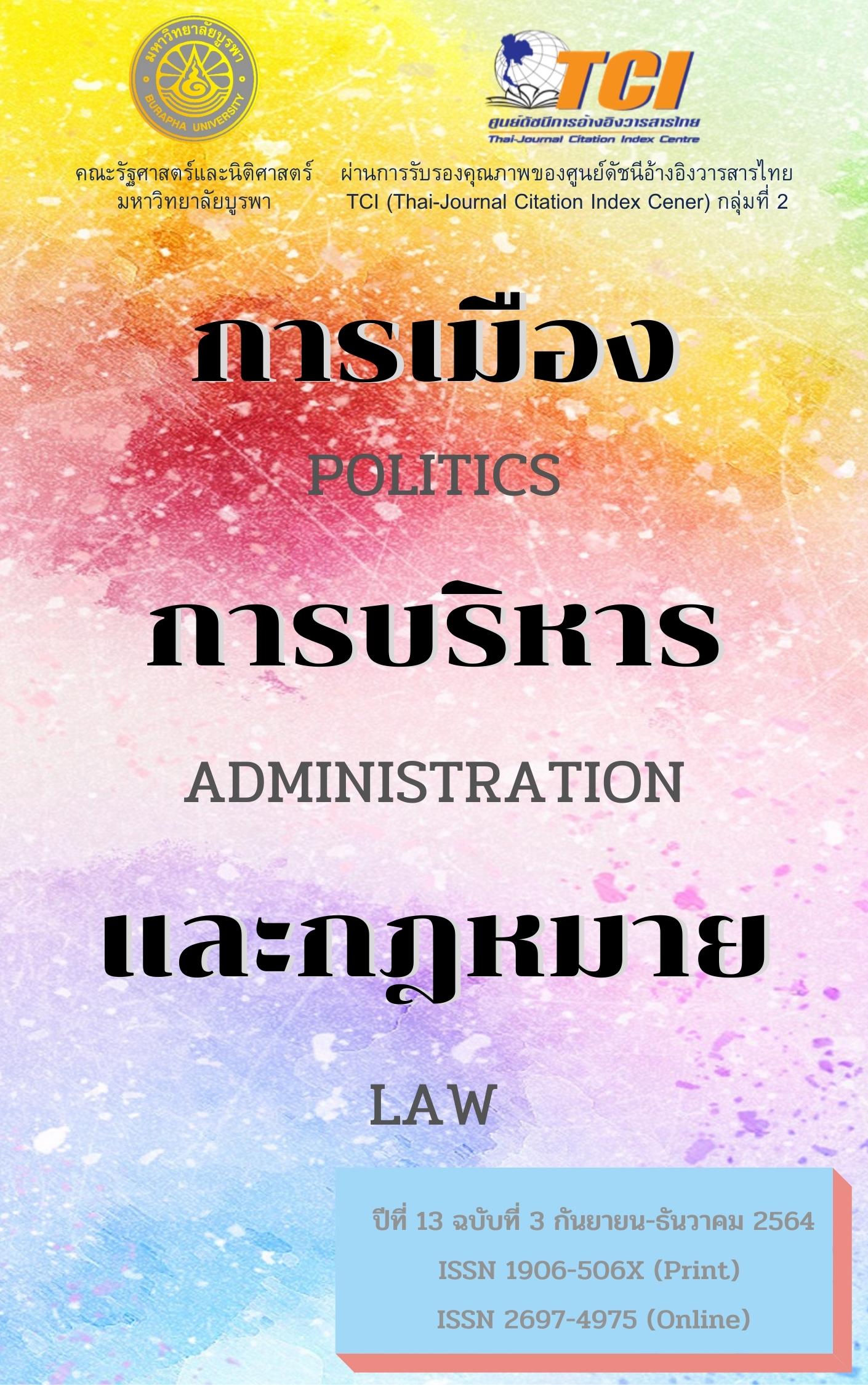Strategy and Innovation
Keywords:
Strategy, InnovationAbstract
Stalk et al. (1992) states that competitiveness is based on four principles: 1. Organizational strategy does not depend on product or market. But it depends on the business process. 2. The success of the competition depends on the core processes of the organization and to provide value to customers. 3. Organization employs investment strategies in Business Units (SBUs). 4. Ability to manage cross functions is the ability to make a strategy for every function of senior management (CEO) Generic strategies for innovation are based on the theory of competitive advantage which pays attention to the rewards that are worthwhile. This can be divided into 3 strategies as follows: 1) Strategies to focus on the product, market and target groups (Product-market-focussed strategies) 2) Strategies, opportunities, risks, target groups. (Opportunity-risk-focussed strategies). These strategies are based on risks and trends for the future. Miles and Snow's (1978) classifies these strategies into four categories: 2.1) Progressive-minded organizations. (Prospectors) 2.2) Organization with an analytical mindset (Analyzers) 2.3) Organization with mindset to protect themselves (Defenders) 2.4) Organization with inactive thoughts (Reactors) and 3) Strategies, time, industry and in mind. Time-based (Industry-and competitor-focussed) strategies
References
กลยุทธ์การสร้างนวัตกรรมของโครงการ. วันที่ค้นข้อมูล 7 สิงหาคม 2562, เข้าถึงได้จาก https://www.bangkokbiznews.com/blog/detail/633809
Aaker, D. A. (1989). Managing assets and skills: The key to a sustainable competitive advantage. California Management Review, 31, 91-106.
Leidtka, J. M., & Rosenblum, J. W. (1996). Shaping conversation: Making strategy, managing change. California Management Review, 39(1), 141-157.
Miles, R. E., & Snow, C. C. (1978). Organisational structure and process. New York: McGraw-Hill.
Porter, M. (1980). Competitive strategy. Cambridge, MA: Harvard University Press.
Stalk, G., Evans, P., & Shulman, L. E. (1992). Competing on capabilities: The new rules of corporate strategy. Harvard Business Review, March-April, 57-69.
Downloads
Published
Issue
Section
License

This work is licensed under a Creative Commons Attribution-NonCommercial-NoDerivatives 4.0 International License.






